Photo by Author in Washington D.C.
We have memory boxes in our minds like albums. We keep our difficult memories in those boxes. We can freeze them in time and/or pack them with overflooding emotions. No matter how they look, frozen or very raw, they needed to be in those boxes because they are too much to digest when we put them away.
We shelve these boxes, but we never forget them. And until we go back, open these boxes, and either sort things out or erase them from our minds, we spend much of our brain capacity just trying to ignore them. Knowing they exist can consume us.
I kept some of my own boxes inside me, the pain lingering, for over two decades. Because the original traumatic events had lasted for a long time, I’d piled many boxes and even bundled them into larger boxes. The mind likes to collect those boxes.
***
Looking back, I was only a preschooler when the emotional abuse began around me. By that time, my mother, Mama, had been bullied by her mother- and sisters-in-law in the same household for several years. My paternal grandmother had often interfered with my parents’ affairs to benefit her own power and finances. Even though I was only a preschooler, I’d already developed a strong desire to protect Mama from their assaults and offer her comfort. I’d dedicated almost all of my young life to this purpose.
I don’t know exactly when and how this started, but soon Papa’s family began to bully me in the same ways that they had done to Mama. Then Papa joined them. They began to call me “Mama’s child” and forced me to live on this side of the fence. That was a huge boundary set between Mama and me and them. They treated my elder sister, the eldest daughter in my family, with nice kid gloves because she was “Papa’s child.” I saw there not only the black-and-white picture but also the place where I belonged.
I was forced to live on this side of the boundary for as far back as I can remember. In the beginning, I didn’t know what it was and if it was real. I was too little to understand. But many subsequent incidents confirmed its existence. The boundary was real, bigger than the Great Wall in China.
What happened next was that these same family members blamed and shamed me for everything. Most people who knew me described me as a bright, genuine, strong girl, like an angel. And I knew my potential. So, I pretended to be the person I should be, a perfect version of myself. But in my inner world, I began to criticize and devalue myself even more for living a dual life—a disheartening reality on the one side and an angel’s life on the other. I hated my lies, but I could do nothing back then. I didn’t have enough insight or agency.
***
Since I left life in Japan thirty years ago, I’ve revisited many boxes of the past. First, I chose one box from the rest. Then I looked into more and more boxes. They all were interconnected. Along with shaping my practical life in the States, opening the boxes and sculping out my core strength occurred naturally. I needed to integrate my past life into the present thoroughly. But it wasn’t easy. It took blood and tears to, one by one, reclaim my boxes’ ownership. I had to own the boxes, no matter how much I felt like discarding them.
Three years after my late husband and “best-est” friend’s passing, something miraculous happened. It was a rather brutal force of integrations; the past was merged into the present. It happened in the middle of writing my forthcoming memoir: Suddenly, I realized my ownership of my story. My ownership of my life.
I am very grateful that even if not all of the boxes from my past have been opened, most have. Now, the warmth of the sun and the freshness of the breeze can come through my body. I understand that all the supporting energy and compassion was always here, and now I’m finding it in the right place: everywhere around me. I thank you for this courage and compassion as I continue to examine my memory boxes.
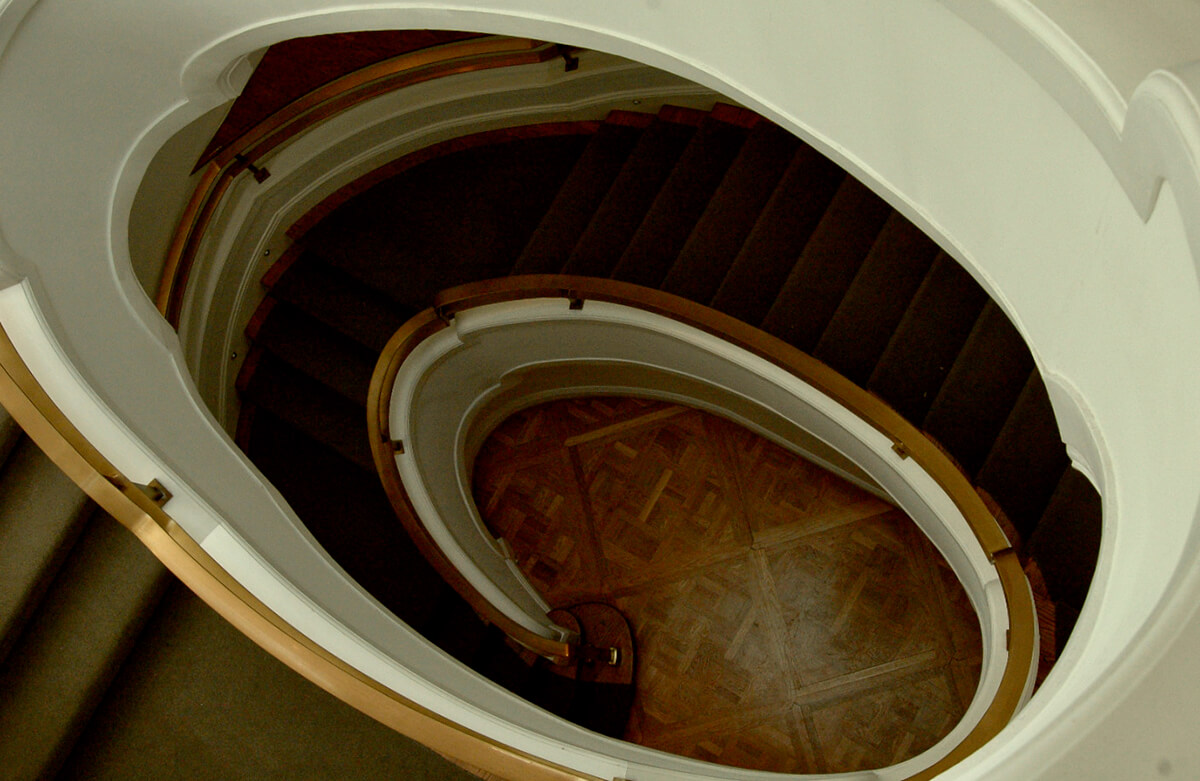
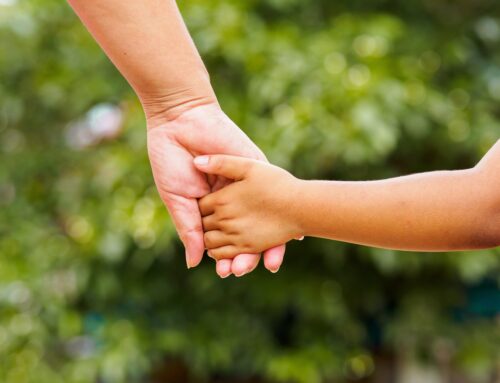



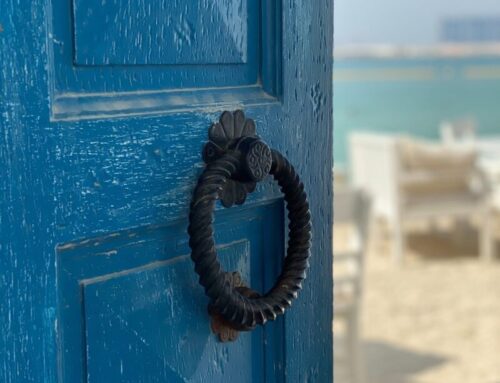

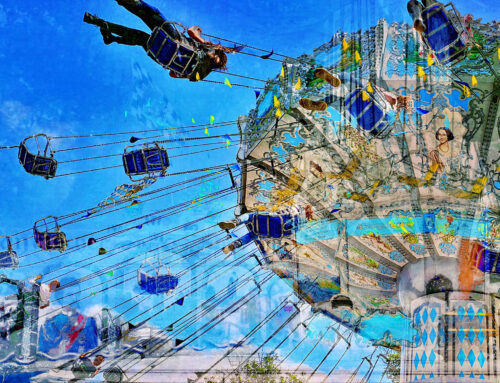


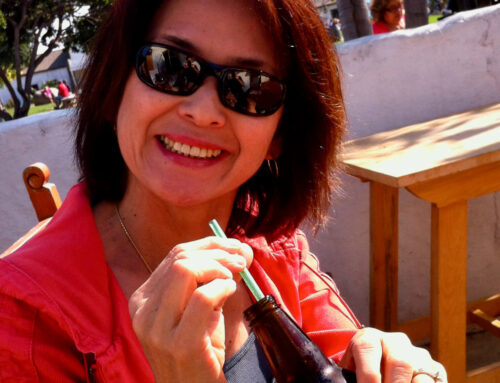


Leave A Comment